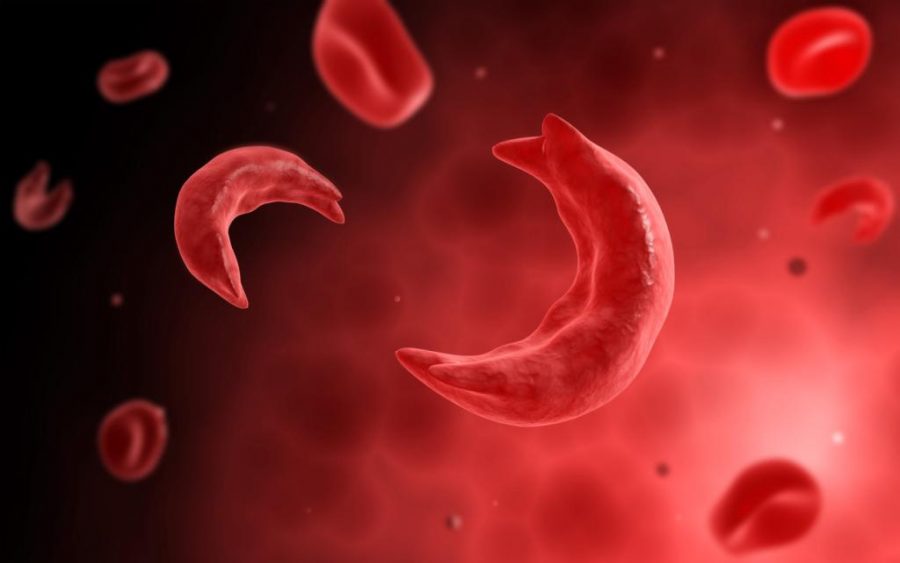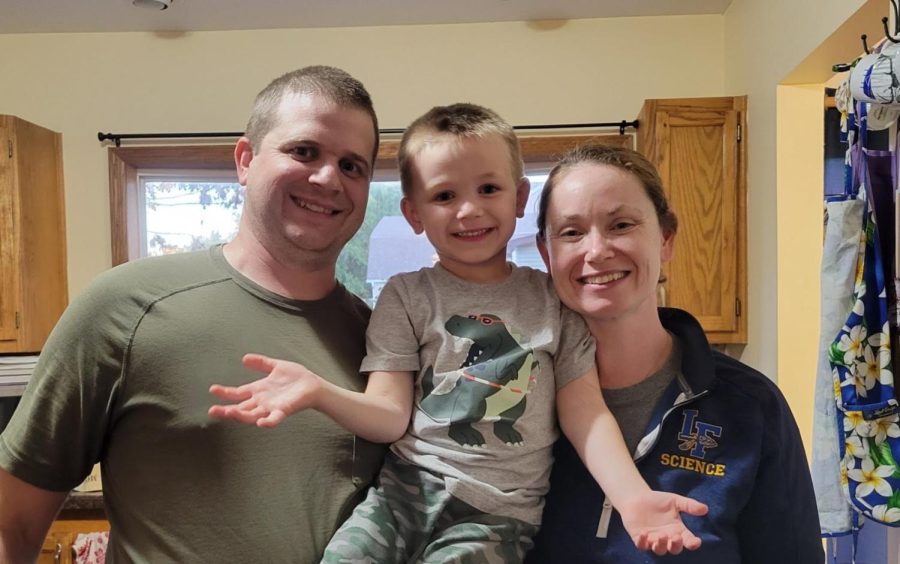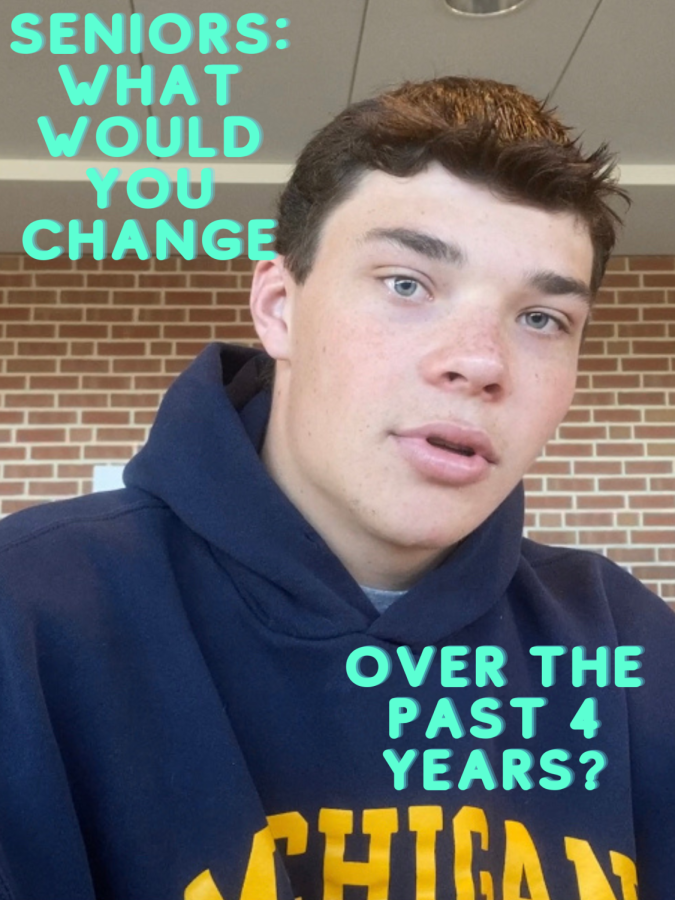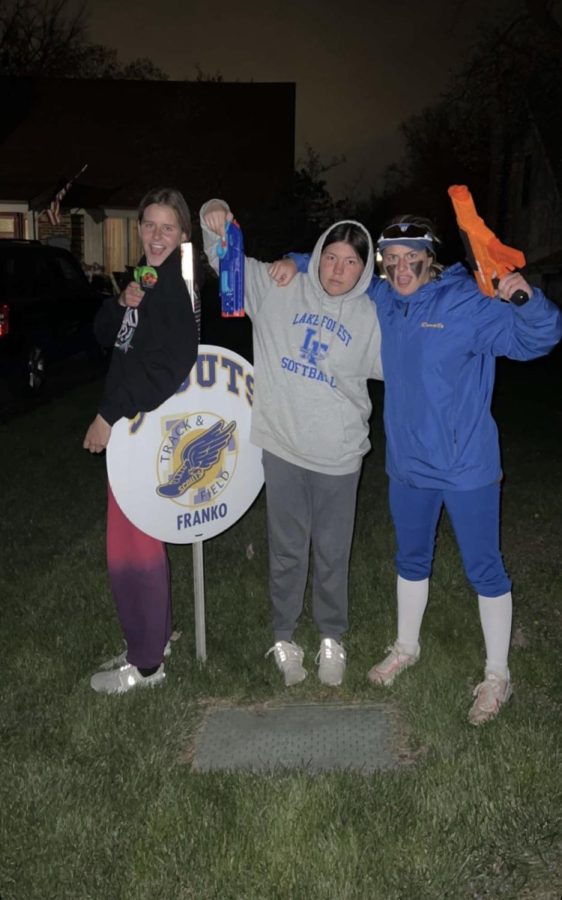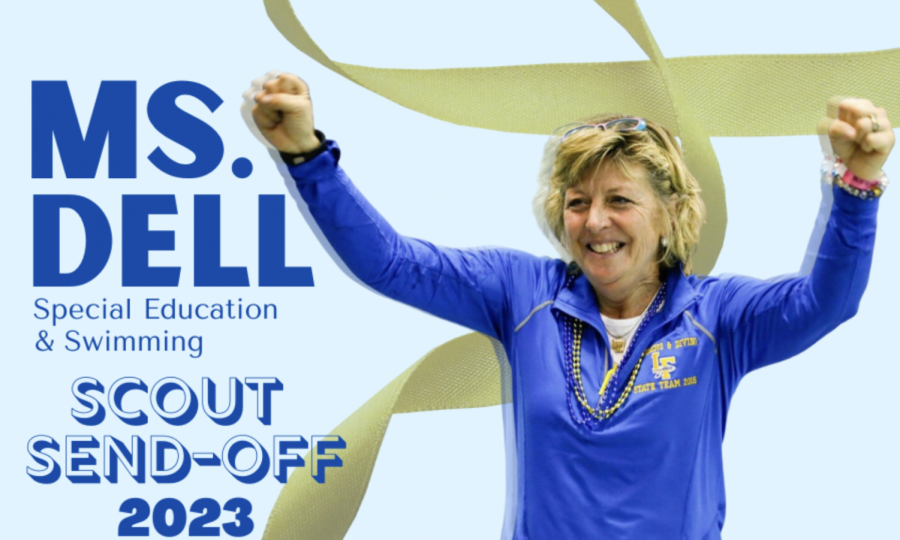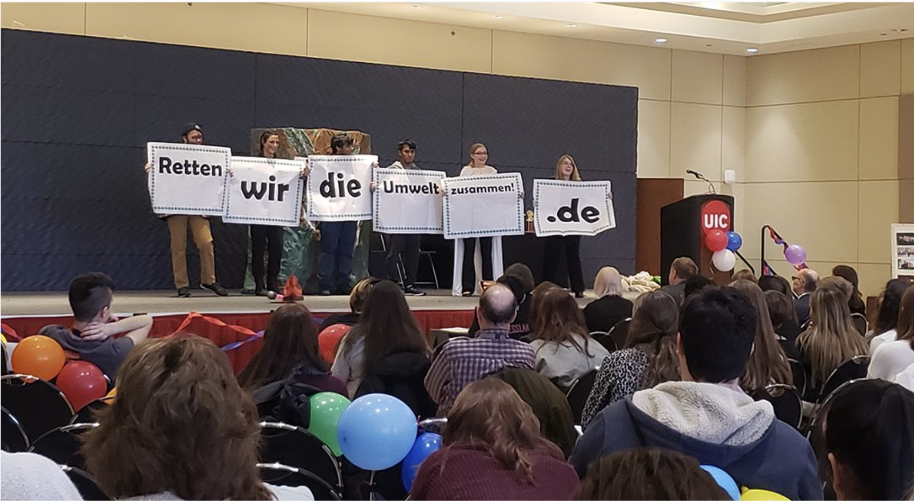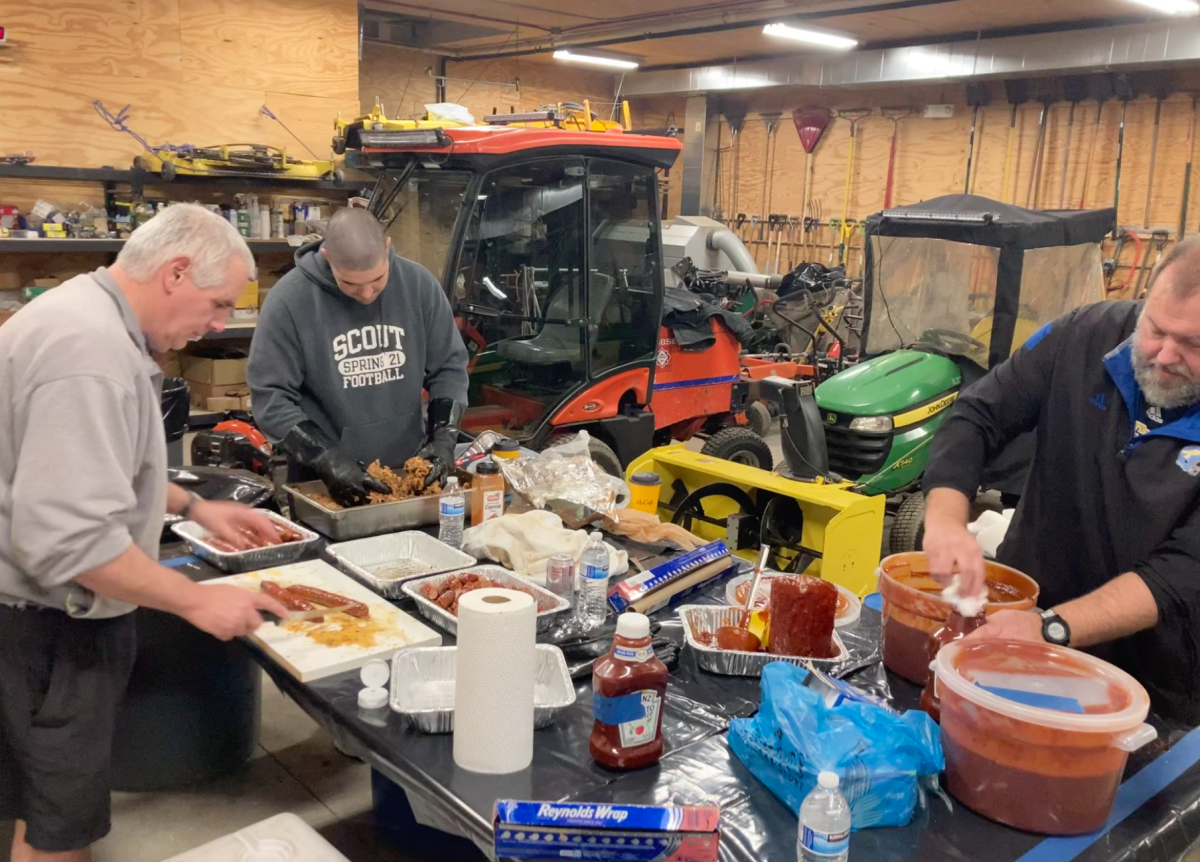I sit in my house with sickle cell anemia, waiting for the painful blockages to stop. It sits in my blood, unrelenting and unwilling to release its crippling grip. Suffering from daily aches, impacting life beyond the capacity of words to describe, I begrudgingly endure. I swear I’m being stabbed 1,000 times at once, repeatedly. Stroke after stroke takes its toll, one so severe it paralyzes and blinds me temporarily. Nonetheless, I struggle more so against myself, attempting to resume control of my own body. Yet, there is nothing I can do but wait as my body schemes against its owner, contorting against itself as if to intentionally deconstruct every fiber, ripping itself apart. I feel like screaming, but no one is listening. Unable to reach another to relieve this agony, allowing this excruciating pain a voice will only unleash demons that drive me insane.
The air is heavy and putrid, reeking with humidity, sweat, and tears–visible evidence of my fear and confusion. My soul is seared. This frantic state constitutes my very essence. I am pain and terror. Hospital visits and blood transfusions–my daily bread and water, this is my life. Each day I survive is a pyrrhic victory. I live another day, knowing I will fall asleep in pain and wake up in pain–except for the surprising moments when the pain abandons me, leaving me paranoid, waiting for the next attack. Yet, I still have hope. I just hope that one day I won’t permanently lose my sight during one of these episodes. I hope that I’ll live to see the day my grandchildren come into this world. With this disease, would that be a victory?
Sickle cell anemia is a disease that causes the carrier to make an abnormal version of haemoglobin, called beta-globin. These mutations cause haemoglobin to clump together, distorting red blood cells into a sickle-shape that can get stuck in blood vessels throughout the body. In doing so, it clutches the souls of the young and defenseless, like leeches latching onto their victim. Unfortunately, it is overlooked and not diagnosed. Disturbingly, if all the people with rare diseases lived in one country, it would be the world’s third most populated. So, why don’t scientists just genetically modify people’s DNA to eliminate these diseases?
Genome editing is the process of editing an organism’s DNA by altering, removing or adding nucleotides to the genome. The first gene editing technology, Zinc Finger, was presented to the public in 1991, at which point it remained the primary genome targeting technology for 10 years. But, it was soon discovered that the technology was flawed and couldn’t target certain nucleotide triplets. Therefore, TALEN was introduced to the public in 2011, to target more sites on one’s DNA than Zinc Finger. Then, in 2012, researchers studying bacterial defense mechanisms fortuitously stumbled upon CRISPR, a new means of genome editing. However, it has been a much debated and controversial topic, which is why there haven’t been many cases of real genome editing in humans as of yet.
In recent years, China has been paving the way in the field of genome editing, modifying the genome of human embryos, using CRISPR to locate bad sections of DNA, cut them, and replace them. In conducting these risky experiments, Chinese scientists have encountered serious challenges, suggesting that there are still notable hurdles to surpass and further research is needed before clinical use becomes a viable reality. However, they did report that they had limited success in repairing a disease-causing gene in defective human embryos. Despite this positive breakthrough, the U.S. has deliberated on the potential consequences of this technology, debating the ethics of its application. However, this cautious approach doesn’t minimize the value this technology might provide in the future as long as it is employed thoughtfully.
The U.S. should continue experimenting with animals while exploring the boundaries of ethical application for humans. The next step will require development of a legal framework to support and guide the application of this technology for the safe improvement of the human race. As a focal point of this legal framework, I propose that scientists be allowed to genetically modify the DNA of babies diagnosed with congenital disease, but not for the purpose of enhancing human capabilities or appearances. The medical purpose of genetic editing must be exclusively corrective in nature, never “designer,” as though the baby could be ordered from a catalogue.
The ethical boundary must be enforced to prevent the unwitting emergence of a dystopia of super people and designer babies, another showcase for the rich. Such a dystopian world would rob children of their unique identity, creating such a displacement of personality and identity that would create incalculable rifts not only between classes within society, but within one’s own personality. We could devolve into a meaningless society where identity and free will is lost at the individual level, destroying the very fabric of society.
Further, programming a child for a specific skill or, worse, designing a child to be naturally gifted in every conceivable manner, robs the child of the joy of learning, failing, and finally succeeding on their own–robbing the child of life itself. Every child’s first step is a magical moment that would no longer have value–the fall, the struggle, and the moment of utter euphoria of accomplishment. This exemplifies the potential problems inherent in violating ethical boundaries of genetic editing in that the very term “first step” is applied towards every task we learn in life. Thus, not only the first step, but realistically every challenge will be manufactured. This is the boundary we must not cross.
We live in an amazing age. One day, I could receive the news that my life will be cut short due to a life-threatening disease. Grasping the painful consequences slowly choking my remaining days might consume me in self-pity. But then, desperately seeking salvation in medical technology and finding a solution, a cure for sickle cell anemia, would equate to being granted a second life–a redemption granted from an unseen benevolent force to which I would be forever grateful in every day of my full life. This salvation is now within grasp. This hope is our new reality and it’s just getting started. Life is full of imperfections, but it is how you react to these imperfections that makes life beautiful. A child shouldn’t have to suffer through life not being able to do simple things that others can do just because of disease. By using genome editing tools such as CRISPR, scientists can give more children a chance at living a healthy life, a life in which they wouldn’t be fated to suffer unnecessarily and possibly die prematurely. This is the future we must create.






